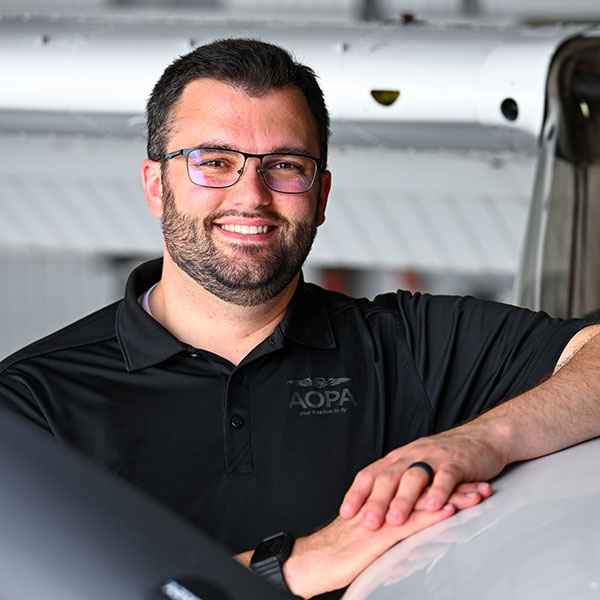FAA opens bids for sweeping ATC overhaul
Integrator to be picked around late October
The FAA has opened bids for its ambitious effort to modernize the U.S. air traffic control system—which will reshape how flights are managed and will lead to greater reliability and fewer delays.
The FAA issued a Request for Solutions (RFS) to select a single “integrator” to manage the overhaul, with the goal of improving safety and reliability across the national airspace system.
Earlier this year, Congress provided $12.5 billion to get the modernization project started. It is expected that a total of $31.5 billion will be needed to build a comprehensive, modernized, brand-new ATC system.
The first phase includes the replacement of equipment and technology that will serve as the “backbone for modernization.” The second focuses on the broader “modernization, integration, and transformation” of the NAS, which could include new ATC facilities.
While the solicitation covers only phase one, the FAA wants bidders to outline how their plans facilitate the implementation of phase two.
The selected integrator will be responsible for the modernization of communications, surveillance, and automation equipment—a massive undertaking that covers multiple legacy systems and more than 74,000 pieces of equipment, including radar and telecommunications systems.
“We are pleased Secretary Duffy and FAA Administrator Bedford are moving forward with ATC modernization. They have the full support of the entire aviation industry,” said AOPA President Darren Pleasance. “Congress has provided a down payment to get this going. We’ll need some tangible wins, and then hopefully Congress will provide the additional funding required to finally finish this challenging and needed modernization project.”
While the work is underway, the integrator must create a “Digital Command Center” to give the FAA up-to-date information on projects and delays, a move aimed at preventing the kind of delays and issues that have plagued past modernization projects.
One contender is Parsons Corp., which announced in June that it would team up with IBM to pursue the integrator role. Parsons has supported the FAA for nearly 50 years and has experience in airport infrastructure and systems modernization, while IBM would add data and integration expertise.
The Modern Skies Coalition, made up of more than 50 companies and organizations from across the aviation industry, including AOPA, urged Congress to keep modernization on track. In a letter to the House Transportation and Infrastructure Committee in August, the coalition called for regular reporting and streamlined technology purchases—both requirements included in the RFS.
After the first phase is complete, the selected integrator’s work may be far from over.
In phase two, the integrator could be tasked with building new facilities—new air route traffic control centers (ARTCCs), terminal radar approach control facilities, or towers—while consolidating existing sites.
Any new ARTCCs will be identical in design. The FAA says all new facilities must be built to more easily handle future technology upgrades and changing operational needs.
Proposals for the RFS are due September 21, with an expected award date around October 31. The FAA may use artificial intelligence tools to process, analyze, and evaluate proposals, but emphasizes any decisions will be made by humans.
“It’s important to note that at no point in the document does the FAA mention privatization,” said Pleasance. “This is about modernizing infrastructure, not wasting time on divisive debates about privatization. This is about making real progress for pilots and the flying public.”




